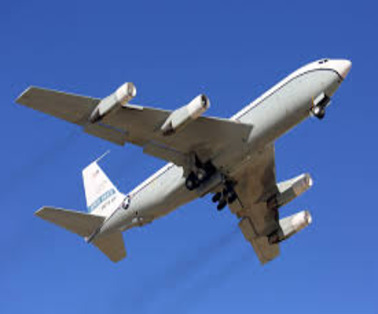Open Skies agreements often refer to negotiations where two countries agree to lift most restrictions for airlines and routes. And these are great for bilateral relations, trade, tourism, connectivity, and much more. A formal Treaty on Open Skies went into effect about 21 years ago
Open Skies Treaty
- The Open Skies treaty is a key arms control pact that allows member countries to conduct short notice, unarmed overflights to survey each other’s military facilities.
- It was initially proposed by the US in 1955 with the aim to de-escalate tensions during the Cold War.
- Finally, it was signed in 1992 between the North Atlantic Treaty Organisation (NATO) members and former Warsaw Pact countries following the demise of the Soviet Union in 1991.
- It came into effect in 2002.
- It allows its more than three dozen signatories to conduct reconnaissance flights over each other’s territories to collect information about military forces and activities.
Aim of Open Skies Treaty
- To foster transparency and allow for the monitoring of arms control and other agreements.
- To build confidence among the signatories through mutual openness to reduce chances of accidental war.
Significance of Open Skies Treaty

Features of Open Skies Treaty
- The treaty enables all participating countries to monitor each other’s militaries through unarmed aerial surveillance.
- No territory can be declared off-limits by the host nation under the treaty.
- Each nation has an annual quota of surveillance flights under the treaty and each nation has the right to conduct an equal number of surveillance overflights over any nation that overflies it.
- More than one nation can take part in one overflight over any particular nation and other participating nations can also request copies of images taken during the surveillance flights.
- After the desired information is gathered, like troop movements, missile deployments, military exercises, etc. it has to be shared with all the signatories
- Only 72-hour warning is required to conduct an overflight and 24 hours to relay the flight path to the host nation, which can suggest modifications.
- Only approved imaging equipment is permitted on the surveillance flights, and officials from the host state can also stay on board throughout the planned journey.
- India is not a member of this treaty.
Signatories of Open Skies Treaty
33 states – Belarus, Belgium, Bosnia-Herzegovina, Bulgaria, Canada, Croatia, Czech Republic, Denmark, Estonia, Finland, France, Georgia, Germany, Greece, Hungary, Iceland, Italy, Latvia, Lithuania, Kyrgyzstan, Luxembourg, the Netherlands, Norway, Poland, Portugal, Romania, the Slovak Republic, Slovenia, Spain, Sweden, Turkey, Ukraine, the United Kingdom
US Withdrawal from Open Skies Treaty
- US withdrew from the Treaty on Open Skies in November 2020, citing Russia’s alleged breaches of its clauses.
- The USA had for over a decade accused Russia of non-compliance with OST protocols, blaming Moscow of obstructing surveillance flights on its territory, while misusing its own missions for gathering key tactical data.
- The USA also accused Russia of designating an airfield in the annexed Crimean Peninsula as an Open Skies refueling base as an illegal attempt by Russia to cement its claim to the Ukrainian region.
- Russia misused its flights over the USA and Europe to identify critical infrastructure for potential attack in a time of war.
Why Did Russia Leave Open Skies Treaty After The US?
- Russia defends its non compliance with the OST to allow flights over Kaliningrad (Russian exclave in Eastern Europe that lies between NATO allies Lithuania and Poland) citing the example of the US imposing similar limits on flights over Alaska.
- After USA withdrawal from OST, Russia did not get the sought assurance from North Atlantic Treaty Organization (NATO) allies who continued to remain on the treaty that they would not transfer data collected by their flights over Russia to Washington (USA)
To Download Monthly Current Affairs PDF Click here
Get Inspiration from CLAT 2025 Topper
Click here to get a free demo
Everything About CLAT 2025



